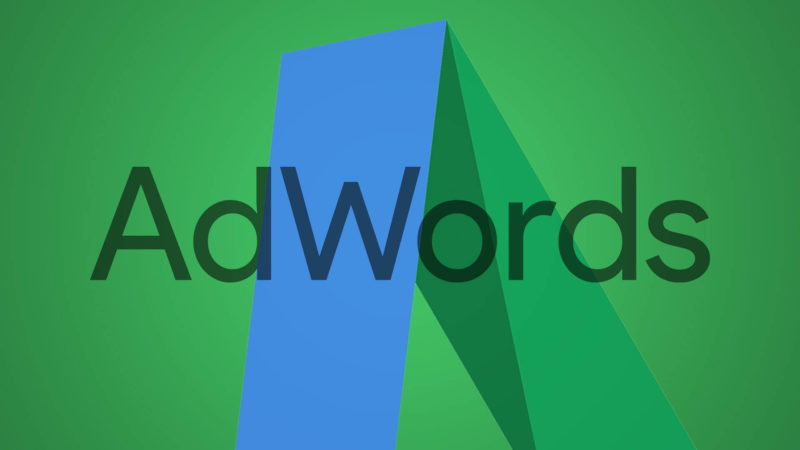
As you are no doubt aware, Google recently added additional reporting and transparency to the Quality Score (QS) metric that’s all-important in terms of calculating Ad Rank. (If you’ve never watched the updated Ad Rank explanation video by Hal Varian, Google’s chief economist, I recommend you take a look.)
Determining the relative importance of Quality Score components
Google has provided advertisers with data on Quality Score for some time; what’s new here is historical trend data visibility into three key QS components: expected click-through rate, ad relevance and landing page experience.
While being able to inspect these new, granular metrics is great, it’s important to realize that all we’re gaining is an estimated importance of each of these QS components. And just as in cooking or baking, the mere fact that you’ve got some ingredients on hand, plus a vague idea of how much of each ingredient to use, doesn’t predict (or result in) the best possible outcome.
Think about these factors and scores as indicating the quality of each ingredient in a given dish (for example, meatloaf). While great ingredients are necessary for a great outcome, knowing the quality of each ingredient alone isn’t sufficient. To create a world-class meatloaf, we also need an understanding of their relative importance. Unfortunately, Google’s latest tweak doesn’t tell us anything about this.
But while we don’t know for certain the rank order of the quality factors that have the highest impact on the final Quality Score, we do have a pretty good (anecdotally derived) idea that predicted CTR is the most important one (the others count as well, but likely less so). Expected CTR is likely to remain the most important for many reasons, not the least of which is that it makes Google the most money per search for them to calculate QS based heavily on that data.
It’s important to remember that — as Varian indicates — it’s in Google’s best interest to incentivize marketers to do things that improve their ads’ relevance (or CTR) while also making the post-click user experience suck less. (Admit it, there’s still a lot of room for improvement out there — and not just on your site!) We also have to remember that higher CTRs and relevance make Google (and Bing, too) more money in the long run, so these incentives are completely aligned.
TIP: If you’ve seen a historical jump in cost per click (CPC) required to maintain historical position, being able to inspect the historical Quality Score is a great way to determine whether the surge in CPC was based on a QS fluctuation on your end, or if it’s due to increased auction pressure in the AdWords marketplace.
Quality Score and other points of marketing leverage
Google continues to make it clear that we should pay attention to improving Quality Score. One of the great things about obtaining Quality Score improvements is that these provide you with leverage. Leverage is key — not just to achieving the high positions for the searches that can drive substantial profitable volume for you, but also because if you don’t have it, your competition does (which means they’ll kick your butt).
But improving your Quality Score isn’t the only way to ensure your ability to remain in top positions profitably. Improvement in other areas can make a huge difference in your long-term success. My favorites are (starting from the things you can do at the AdWords side of things):
- Reorganize your accounts. Having poorly structured campaigns and ad groups will depress your Quality Score. This is a change you can make at the AdWords side of the equation.
- Fix lousy ad copy or creative. When ad copy resonates against the keywords in an ad group, your CTR goes up (and CTR is the biggest component of QS).
- Improve targeting. This includes anything from using the right negative keywords to eliminating poorly targeted ad impressions to using audiences and dayparting to be there in the SERP when your most targeted customers are itching to click.
[Read the full article on Search Engine Land.]
Some opinions expressed in this article may be those of a guest author and not necessarily Marketing Land. Staff authors are listed here.
About The Author

Popular Stories
